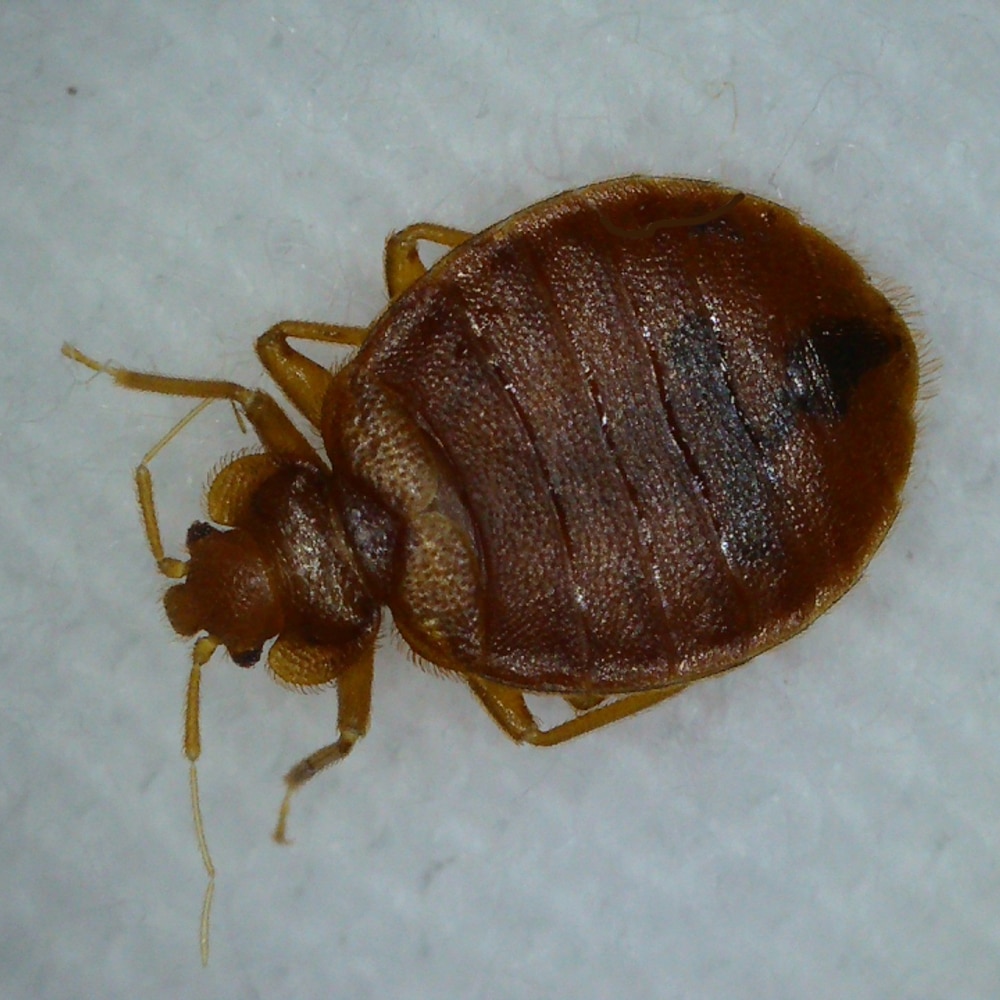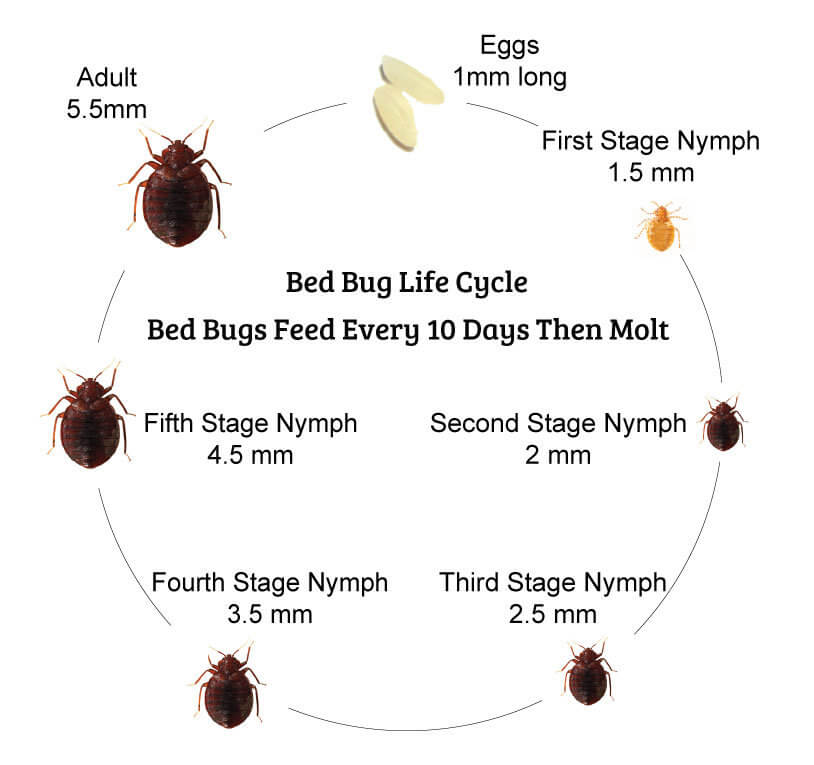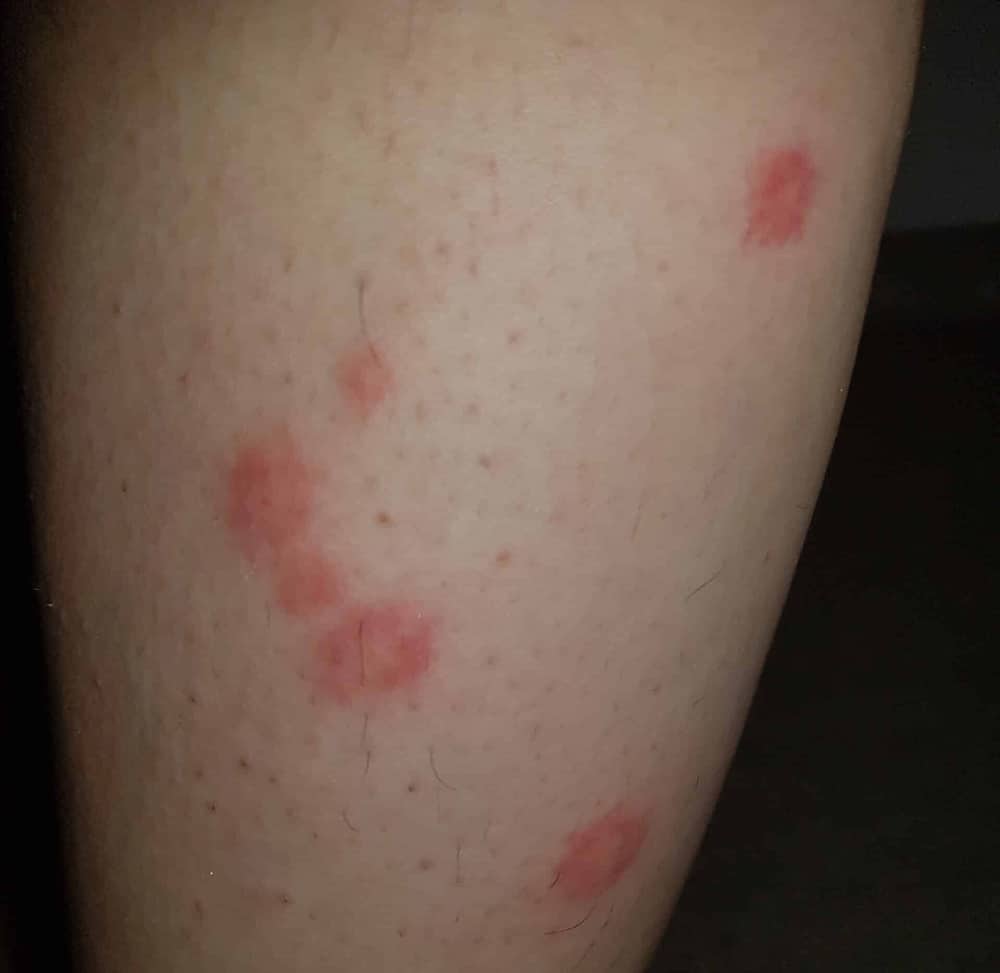
In the article
Bedbugs are a common and highly frustrating problem that can invade any home, hotel, or Airbnb. These tiny bloodsuckers hide in the cracks and crevices of your bed, furniture, and even walls, making them hard to spot and even harder to eliminate.
But don’t worry—we’ve got the solution. In this guide, you’ll learn everything you need to know about how to identify, treat, and prevent bedbugs from coming back.
Let’s dive into the bedbug life cycle, signs of infestation, bites, and the most effective DIY treatment for long-lasting peace of mind.
What Are Bed Bugs?
What are bedbugs? They are small, oval-shaped insects (5-7mm) that are reddish-brown in color. Unlike fleas, they can’t jump or fly, but they are excellent at crawling and hitchhiking into your home via luggage, second-hand furniture, or even your clothes.
Quick Facts:
- They feed on human blood, usually at night.
- They can live up to one year without a meal.
- They hide in mattress seams, bed frames, carpets, and even walls.
The Life Cycle: Understanding the Enemy
Knowing the bedbug life cycle is crucial to wiping them out completely.
- Eggs: Tiny, white, and oval-shaped (about the size of a pinhead), these eggs hatch in 6-10 days. A single female can lay up to 500 eggs in her lifetime.
- Nymphs: These are smaller, lighter-colored versions of adults. Nymphs must feed on blood to grow, molting five times before reaching adulthood. This process takes about 5-6 weeks.
- Adults: Are about the size of an apple seed and can live for over 18 months. They’re ready to reproduce immediately, keeping the cycle going.

Why It’s Hard to Get Rid of Them
Bedbugs can survive for over 12 months without feeding, which is why it often feels like they’ve “suddenly appeared” out of nowhere, even after treatments. But we’ll get to the most effective way to deal with them soon.
Signs & Symptoms of an Infestation
If you suspect bedbugs are in your home, look for these common signs:
- Bites: Waking up with red, itchy bites, especially in clusters, straight lines, or a zigzag pattern.
- Blood Stains: Tiny blood spots on your sheets.
- Fecal Spots: Black spots on your mattress, sheets, or bed frame.
- Exoskeletons: You may find shed skins (exoskeletons) on or around your bed.
- Live Bugs: Bedbugs are most active at night, but you can sometimes spot them during the day.
- Musty Odour: A strong, musty smell can indicate a severe infestation.

Bedbug Bites In ZigZag Pattern
Spotting these signs early is your best chance to prevent a full-blown infestation.
Bedbug Bites: What to Expect
Bites are typically red, itchy, and appear in a line or cluster. They most often show up on exposed skin like your arms, legs, neck, and face. Unlike mosquito bites, bedbug bites are small, numerous, and tend to follow a pattern.
Did you know? They inject a mild anesthetic into your skin when they bite, so you usually won’t feel it happening. You’ll only notice the bites after they’ve already fed and gone back into hiding.
How to Treat Bites
In most cases, bites will clear up on their own. For relief from the itching:
- Apply an over-the-counter antihistamine or hydrocortisone cream.
- If the itching is severe or the bites become infected, see a doctor for stronger treatments like antibiotics.
How to Check for Bed Bugs
Before you panic, here’s how to check if they have moved in:
- Inspect your sheets for blood stains: This could be from crushing a bedbug after it fed.
- Look for black fecal spots: These look like tiny dots of ink and are often found near seams or cracks in the bed frame.
- Check for eggs and eggshells: Females lay eggs in clusters, often hidden in mattress seams, headboards, or furniture.
- Search for live or dead pests: Finding even one bug is a sure sign of an infestation.

Adult Bed Bug
Found signs? Time to act fast.
Bed Bug Sprays: The Truth
There are plenty of sprays on the market that claim to kill, but here’s the reality: they only work on contact, meaning they kill the bugs you see, but not the hidden ones.
Sprays from supermarkets like Coles and Woolworths offer only temporary relief. To truly get rid of these pests, you need a long-term solution that kills both the bugs you see and the ones you don’t.
DIY Bed Bug Treatment: The Isolation System
Skip the sprays and expensive pest control services. With our DIY Isolation System, you can tackle them on your own, and here’s why it’s so effective:
Step-by-Step Treatment:
- Steam Treatment: Use a hand held steamer to kill on contact. Steam penetrates deep into cracks, crevices, and seams to reach hidden bugs.
- Apply Diatomaceous Earth (DE): Dust the killer powder around the bed frame and headboard. DE works by dehydrating them, killing them over 7 days.
- Use Mattress Covers: Seal your mattress in a bedbug mattress encasement cover to trap any bugs inside and prevent new ones from entering.
- Set up Barrier Traps: Install bedbug traps under the legs of your bed. This isolates your bed and forces them to cross the DE powder, where they’ll be killed before they can reach you.
Why It Works:
With just one application, this system kills them at every stage—eggs, nymphs, and adults. No need for repeat treatments, no toxic chemicals, and no professionals needed. Plus, it’s organic, so it’s safe for your family and pets.
How to Prevent Bed Bugs from Returning
Once you’ve eliminated the infestation, prevention is key. Here’s how to keep them from coming back:
- Inspect Luggage After Travel: Bedbugs love hotels. Always check your suitcase and wash your clothes after traveling.
- Check Second-Hand Furniture: Thoroughly inspect used furniture before bringing it home.
- Diatomaceous Earth: Dust DE around your bed frame to kill them forever, unless its removed.
- Use Barrier Traps: Keep traps under the legs of your bed to prevent new infestations.
- Mattress Covers: Covers remove all nesting spots, so if they return, they will walk around looking for somewhere to nest but will only find powder on the bed frame.
With our Isolation System, you can sleep easy, knowing they won’t be back.
Frequently Asked Questions
Are they harmful to humans?
Bedbugs are a nuisance but not a health hazard. Their bites cause itching and discomfort, but they don’t transmit diseases.
How do I know if I have them?
Look for red, itchy bites, tiny blood stains on sheets, and dark fecal spots. You may also find shed exoskeletons or live bugs hiding in seams and cracks.
Final Thoughts: Take Control of Your Problem Today
Bedbugs don’t just go away on their own. With our DIY Isolation System, you can eliminate them instantly and for good. One application is all you need for long-term peace of mind. No repeat treatments, no toxic chemicals—just effective, lasting protection.
Ready to get rid of these pests?
Shop Now and say goodbye to these nasty vampiers forever.



Adam T says
Is the powder safe for my pets?
What is it made from?
Tony Abrahams says
Hi Adam. Yes, the powder is safe for pets. It’s made from Diatomaceous Earth (DE), a natural substance composed of fossilized remains of tiny aquatic organisms called diatoms. The DE powder we use is food-grade, meaning it’s safe for both humans and animals when used correctly. It works by absorbing the protective oils on insects’ exoskeletons, dehydrating and killing them. Regards BBB
Kristine says
Can you get bedbugs from going to the movies?
Tony Abrahams says
Yes, it’s possible to bring bedbugs home from a movie theater, though it’s rare. Bedbugs can hide in the fabric of theater seats, and they can hitchhike on people’s clothing, bags, or jackets. If someone brings bed bugs into the theater, they could transfer to another person’s belongings.
To reduce your risk, quickly inspect your seat before sitting. Look for any small, dark spots or tiny reddish-brown bugs. Keep your belongings off the floor, and check your clothes and bags when you get home if you’re concerned.
While it’s unlikely, staying cautious in high-traffic places can help you avoid bed bugs.
Vanessa Borg says
Why do supermarkets sell bedbug sprays that are ineffective?
Tony Abrahams says
Hi Vanessa. Supermarkets often sell bedbug sprays that are ineffective because they tend to prioritize stocking products that are widely available, affordable, and have mass appeal. Many of these sprays contain chemicals that may kill bedbugs on contact but don’t provide long-term solutions or penetrate deep enough to eliminate entire infestations. Also, bed bugs have developed resistance to some common pesticides, making these over-the-counter sprays less effective. Since supermarkets aren’t specialized in pest control, they may not carry the more advanced or eco-friendly options that are proven to work better.
Freya says
Is the powder safe for my pet cat, because she is trying to lick it? Thanks
Tony Abrahams says
Hi Freya,
Yes, the powder is safe for pets. It’s a food-grade, non-toxic powder, so it won’t cause any issues if your cat eats it. In fact, farmers feed this powder to their livestock to prevent intestinal parasites.
Regards,
Tony